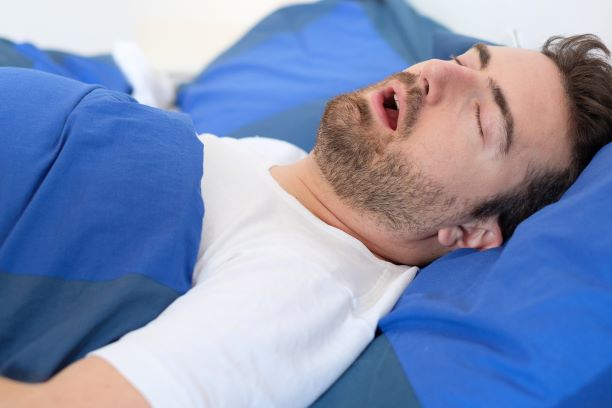Sleep Apnea is becoming more prevalent and has been estimated to affect 1/3 of the adult population[i]. In our practice and in general literature, children have a high percentage of Sleep Breathing Disorders which leads to long term facial distortion, TMJ problems, malocclusion, and potential medical problems such as diabetes, obesity, impaired learning.
Dentistry, and especially Dentists trained in Sleep Disorders and TMJ Therapy, can recognize these signs and symptoms early. With interventions before teenage years, it may be possible to reduce or eliminate the progression of the anatomic problems that contribute to adult Sleep Apnea.
The ADA (American Dental Association) in 2018 mandated by policy statement that Dentists provide screening and treatment for Sleep Breathing problems for children and adults. Not every Dentist or Physician/Pediatrician have awareness of the signs, symptoms, and facial/oral signs and symptoms of Sleep Breathing disorders.
Not all people with SRBD’s (Sleep Related Breathing Disorders) are obese, as might be stereotyped. 50% of patients [ii]with Sleep Breathing Disorders aren’t obese but may have neurologic, anatomic, or other contributing factors that affect the airway.
A Sleep Study (Polysomnogram “PSG”) is the most sophisticated sleep evaluation. Other ways to evaluate sleep breathing problems can be high frequency pulse oximetry, Home Sleep Studies, or a bedpartners report of snoring, gasping, twitching/jerking, or toot grinding (bruxing). Nighttime tooth grinding may be up to 90% predictive of a Sleep Breathing Disorder; especially if a Dental Nightguard is reported to make the grinding worse or sleep worse.
Dentists who specialize in TMJ and Sleep Disorders work with physicians to identify, diagnose, and offer treatment for sleep problems.
Once diagnosed, several treatment options are available to manage the condition so that your body and brain gets the rest and restoration needed each night to help prevent diseases correlated with untreated sleep disorder breathing. These include; Diabetes, obesity, fatigue, poor cognitive function (executive functioning), heart attack, stroke, bruxing that leads to TMJ damage, dental damage such as sore, broken teeth or gum disease.
Once diagnosed, there are options for treatment depending on the diagnosis and severity. Evidence is mounting for multi-mode treatment for Sleep Breathing disorders to allow patients flexibility in treatment other than CPAP. Check back for more on this later.
If you or someone you know has signs of Sleep Apnea, encourage them to get diagnosed and treated. Consult both a Physician and Dentist credentialled in TMJ and Sleep Disorders as a team approach to diagnosis and treatment options.
If you suspect you have a sleep disorder, call us for a consultation.
[i] Benjafield, et al. Global Prevalence of OSA in Adults. Am J. Respiratory and Critical care Medicine: 2018; 197;A3962
[ii] Gray EL, et al. OSA without obesity is common and difficult to treat: J Clinical Sleep Med. 2017;13(1)




